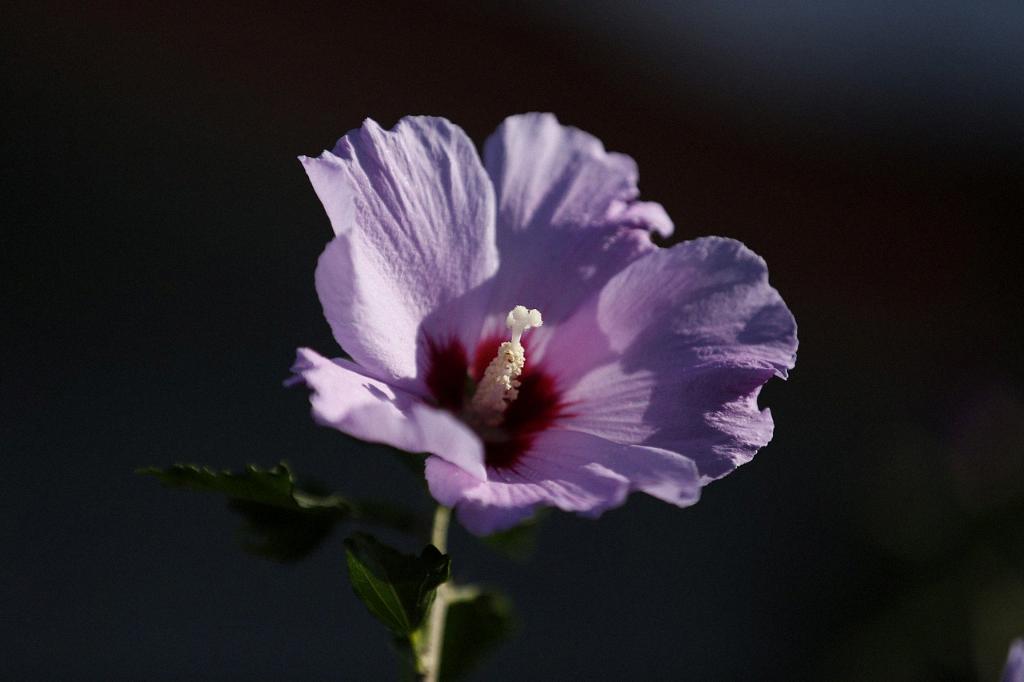One of the essential factors to consider when deciding when to bring your hibiscus inside is the approaching fall frost. It is crucial to move your hibiscus plants indoors well before the first fall frost arrives to protect them from potential damage caused by the cold temperatures. By planning ahead and being proactive, you can ensure that your hibiscus plants remain healthy and vibrant throughout the colder months.
Before bringing your hibiscus plants inside, it is important to inspect them carefully for any signs of insects or pests. Hibiscus plants are known to attract whiteflies, so it is essential to check for these tiny pests and treat any infestations before transitioning your plants indoors. By addressing any pest issues early on, you can prevent the spread of insects and protect the overall health of your hibiscus plants.
One common occurrence that may cause concern when moving hibiscus plants indoors is the shedding of leaves. It is normal for hibiscus plants to lose their leaves shortly after being brought indoors due to the change in environment. This shedding is a natural response as the plants adjust to different light, temperature, and humidity levels indoors. While it may seem alarming at first, rest assured that this leaf drop is a temporary phase as the plants acclimate to their new indoor surroundings.
When determining the ideal timing for bringing your hibiscus inside, it is essential to consider the specific climate and weather conditions in your region. Pay attention to local weather forecasts and temperature trends to gauge when the first fall frost is likely to occur. By staying informed about the weather patterns in your area, you can plan ahead and schedule the relocation of your hibiscus plants indoors at the optimal time.
Proper preparation is key when transitioning your hibiscus plants from outdoor to indoor environments. Take the time to clean and inspect the plants thoroughly, removing any dead or damaged foliage. Trim back any overgrown branches to promote healthy growth during the winter months. By providing the necessary care and attention before bringing your hibiscus inside, you can help set the stage for a successful indoor growing season.
Creating a suitable indoor environment for your hibiscus plants is essential to their well-being during the colder months. Choose a bright location with ample natural light for your plants to thrive indoors. Consider placing them near a south-facing window to ensure they receive adequate sunlight. In addition, maintain consistent humidity levels by misting the plants regularly or using a humidifier to replicate their natural growing conditions.
While hibiscus plants are typically resilient and adaptable, they may require some time to adjust to their new indoor surroundings. Be patient and attentive as your plants acclimate to the indoor environment, and monitor their growth and development closely. By observing any changes in their appearance or behavior, you can make necessary adjustments to ensure they remain healthy and vibrant throughout the winter season.
Regular watering is crucial to the health of your hibiscus plants while they are indoors. Check the moisture level of the soil regularly and water as needed to keep the plants properly hydrated. Avoid overwatering, as this can lead to root rot and other issues. Establish a watering routine that works for your plants’ specific needs, taking into account factors such as temperature, humidity, and sunlight exposure.
As the winter months progress, continue to monitor your hibiscus plants for any signs of stress or nutrient deficiencies. Keep an eye out for yellowing leaves, stunted growth, or pest infestations, and address any issues promptly to prevent further damage. Consider supplementing your plants with a balanced fertilizer designed for flowering plants to provide them with the essential nutrients they need for healthy growth.
During the winter months, it is essential to maintain a consistent temperature range for your hibiscus plants to thrive indoors. Avoid placing them near drafty windows or doorways, as exposure to cold drafts can stress the plants and inhibit their growth. Aim to keep the indoor temperature within a moderate range to create a comfortable environment for your hibiscus plants to flourish and bloom.
Regularly inspect your hibiscus plants for any signs of pests or diseases while they are indoors. Common indoor pests such as spider mites, aphids, and mealybugs can pose a threat to your plants’ health and vitality. Keep a close eye on the leaves, stems, and flowers of your hibiscus plants, and take proactive measures to prevent and treat any pest infestations that may arise.
As spring approaches and outdoor temperatures begin to warm up, you can start preparing to transition your hibiscus plants back outside. Gradually reintroduce the plants to outdoor conditions by placing them in a sheltered location initially and gradually increasing their exposure to sunlight and fresh air. By following a gradual acclimatization process, you can help ensure a smooth transition for your hibiscus plants as they return to their outdoor growing environment.
In conclusion, the timing for bringing your hibiscus inside can significantly impact the health and vitality of your plants during the winter months. By considering factors such as the approaching fall frost, pest management, environmental adjustments, and ongoing care, you can help your hibiscus plants thrive indoors and prepare them for a successful growing season. With proper planning and attention to detail, you can enjoy vibrant blooms and lush foliage from your hibiscus plants year-round.

